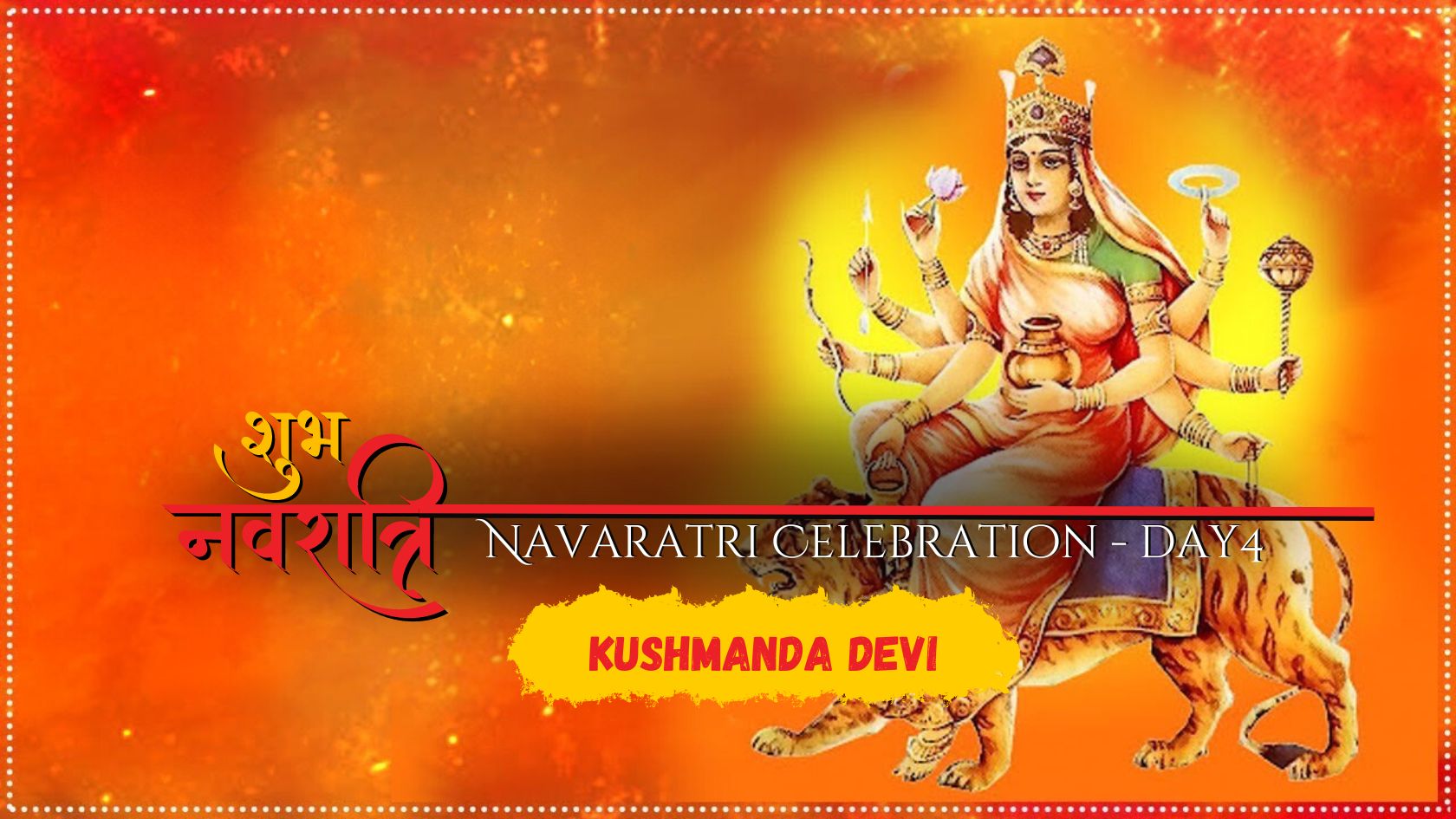
Goddess Kushmanda is worshipped on the fourth day of the Navaratri Celebrations. She is a happy goddess and is depicted always with a smile. She is considered the mother of the universe as she created it by smiling
Origin and meaning of the Name
The name Kushmanda comes from three words. The words Ku means little, Ushma means warmth, heat or energy, and Anda means an egg. The name Kushmanda denotes the creator of the little Cosmic Egg. Here, egg refers to the universe.
Depiction of the Goddess
Maa Kushmanda is depicted usually with eight arms. Hence, she is also known as Ashtabhuja Devi, meaning the Goddess with eight arms. She is a serene Goddess and carries a lotus, a pot of nectar, a bow, a Kamandala, a rosary, a mace and a disc. She rides a Lion.
The story behind the Avatar
Once upon a time, there was complete darkness. There was no Sun and no source of light. A divine light appeared and took shape into Goddess Kushmanda. She started spreading light, lighting up everything and everywhere. She created many planets that came to be known as the sun. The sun became the source of energy and heat in the universe, and in turn, the sun shone because of its source - Maa Kushmanda.
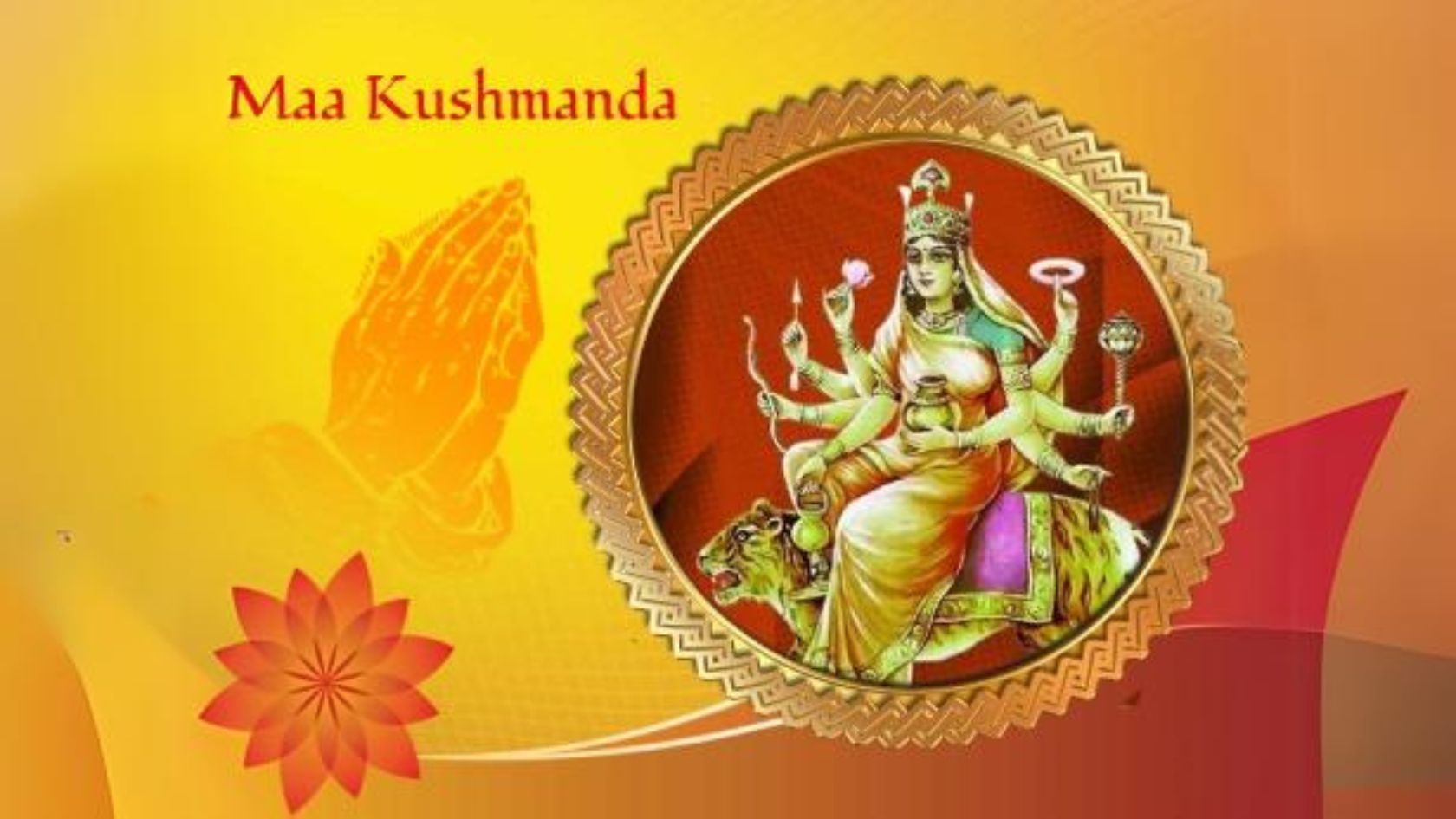
She started creating other planets and galaxies. Looking at her creation, she smiled. Out of her smile, she created a cosmic egg and turned the egg into a place where people could exist. Since the Goddess created the universe, she is also known as Adiswarup or Adi Shakthi.
Goddess Kushmanda did not stop with her creation. She created three supreme beings. Out of her left eye, she manifested a Goddess named Mahakali. This Goddess had a dark complexion and looked very terrorising. Next, out of the third eye, Goddess Kushmanda created Mahalakshmi. This Goddess had a golden complexion. Finally, from the right eye, she manifested Goddess Maha Saraswathi. She had a milky complexion.
When Maa Kushmanda looked at Mahakali, a male and female were born. They were Lord Shiva and Goddess Saraswati. When Maa Kushmanda looked at Mahalakshmi, a male and female were born. They were Lord Brahma and Goddess Lakshmi. Finally, when Maa Kushmanda glared at Mahasaraswathi, a male and a female were born. They were Lord Vishnu and Goddess Shakthi.
Later, Kushmanda offered Goddess Shakthi to Lord Shiva, Goddess Saraswathi to Lord Vishnu and Goddess Lakshmi to Lord Vishnu as consorts. Subsequently, Goddess Kushmanda resided in the sun. Ever since that day, she has invariably been a nucleus of the sun, radiating light and energy to the universe.
Devi Kushmanda represents the Anahata Chakra. She is said to fulfil one’s dreams and to bring harmony by eradicating darkness and bringing light into a devotee’s life.
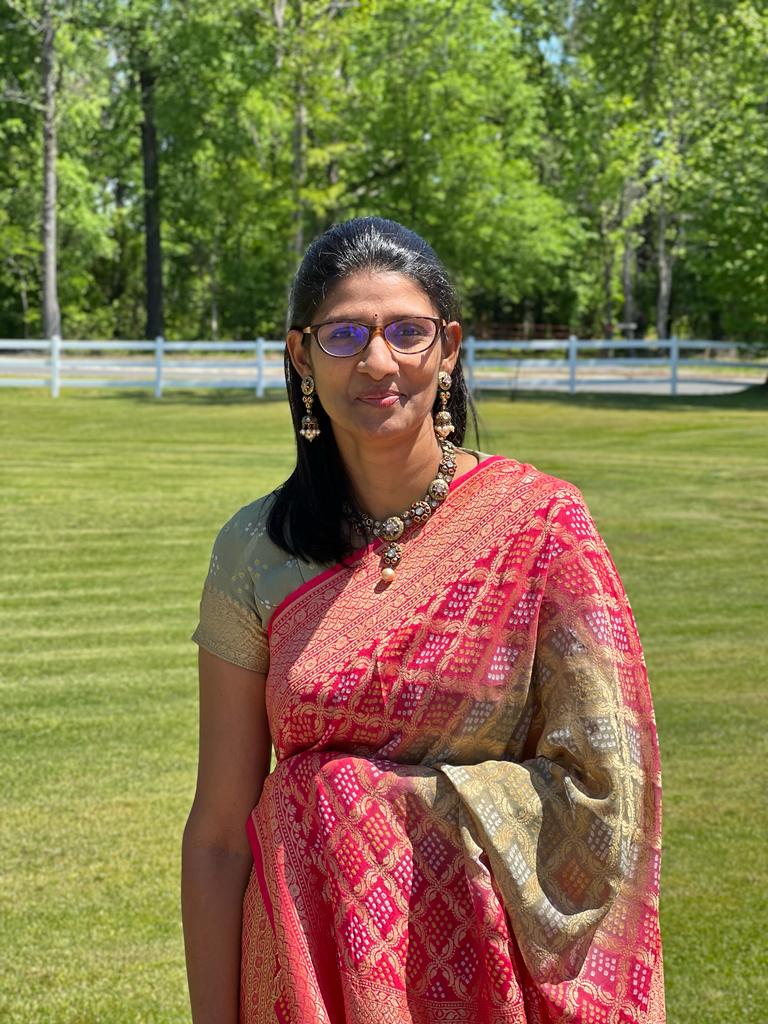 Vaishnavi Gurusankar is a passionate educator, a wife and a mother. She has over a decade of experience as an educator and has been closely working with teachers and children of all ages. She is also an active parenting blogger and founder of Magical Unicorn, an exclusive parenting blog founded on Indian ethos, values and stories at its core. She has also authored the book "Bharatyam : Science behind Hindu Practices & Way of Life"
Vaishnavi Gurusankar is a passionate educator, a wife and a mother. She has over a decade of experience as an educator and has been closely working with teachers and children of all ages. She is also an active parenting blogger and founder of Magical Unicorn, an exclusive parenting blog founded on Indian ethos, values and stories at its core. She has also authored the book "Bharatyam : Science behind Hindu Practices & Way of Life"
PREVIOUS ARTICLE
NEXT ARTICLE
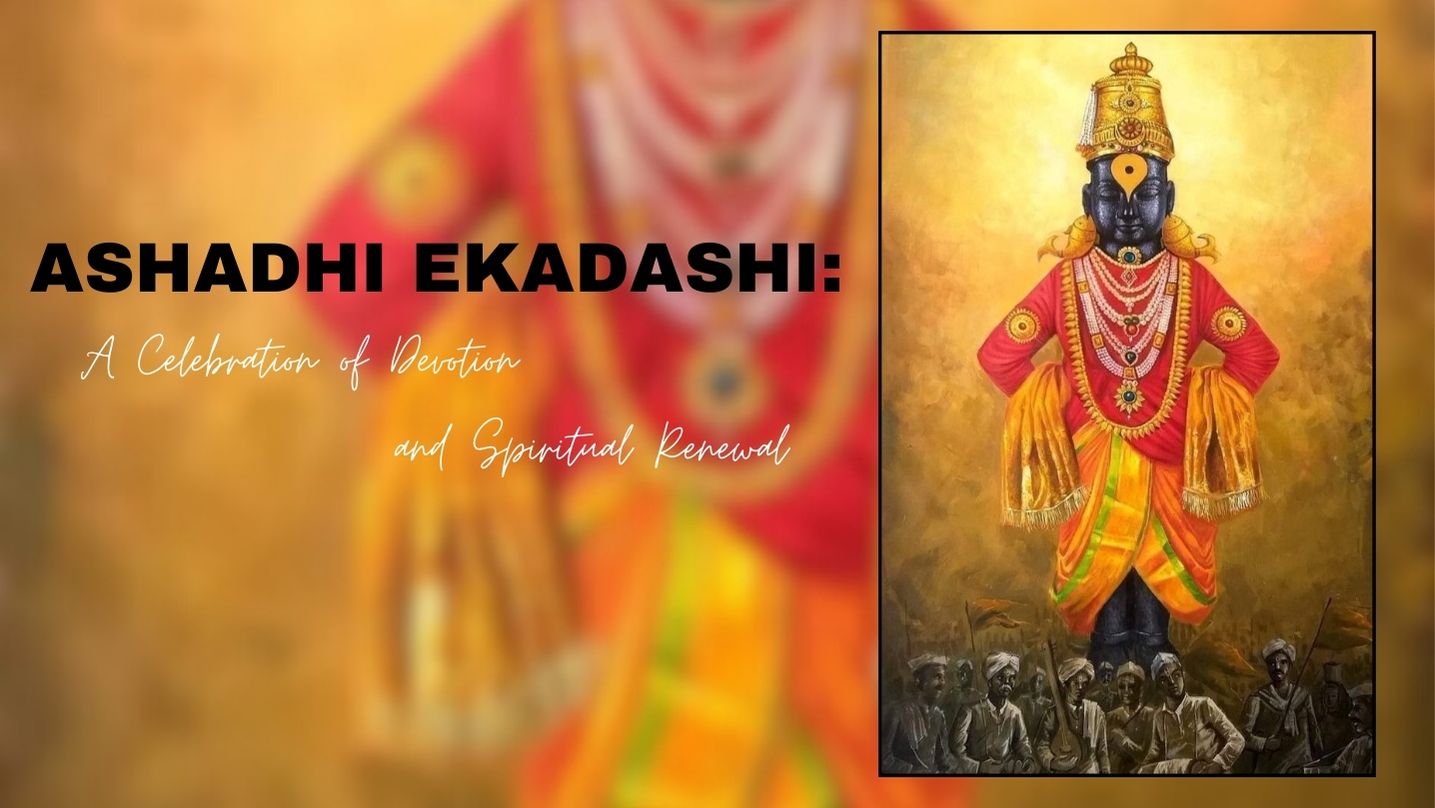
Ashadhi Ekadashi, also known as Shayani Ekadashi, falls on the 11th lunar day (Ekadashi) of the bright fortnight (Shukla Paksha) of the Hindu month of...
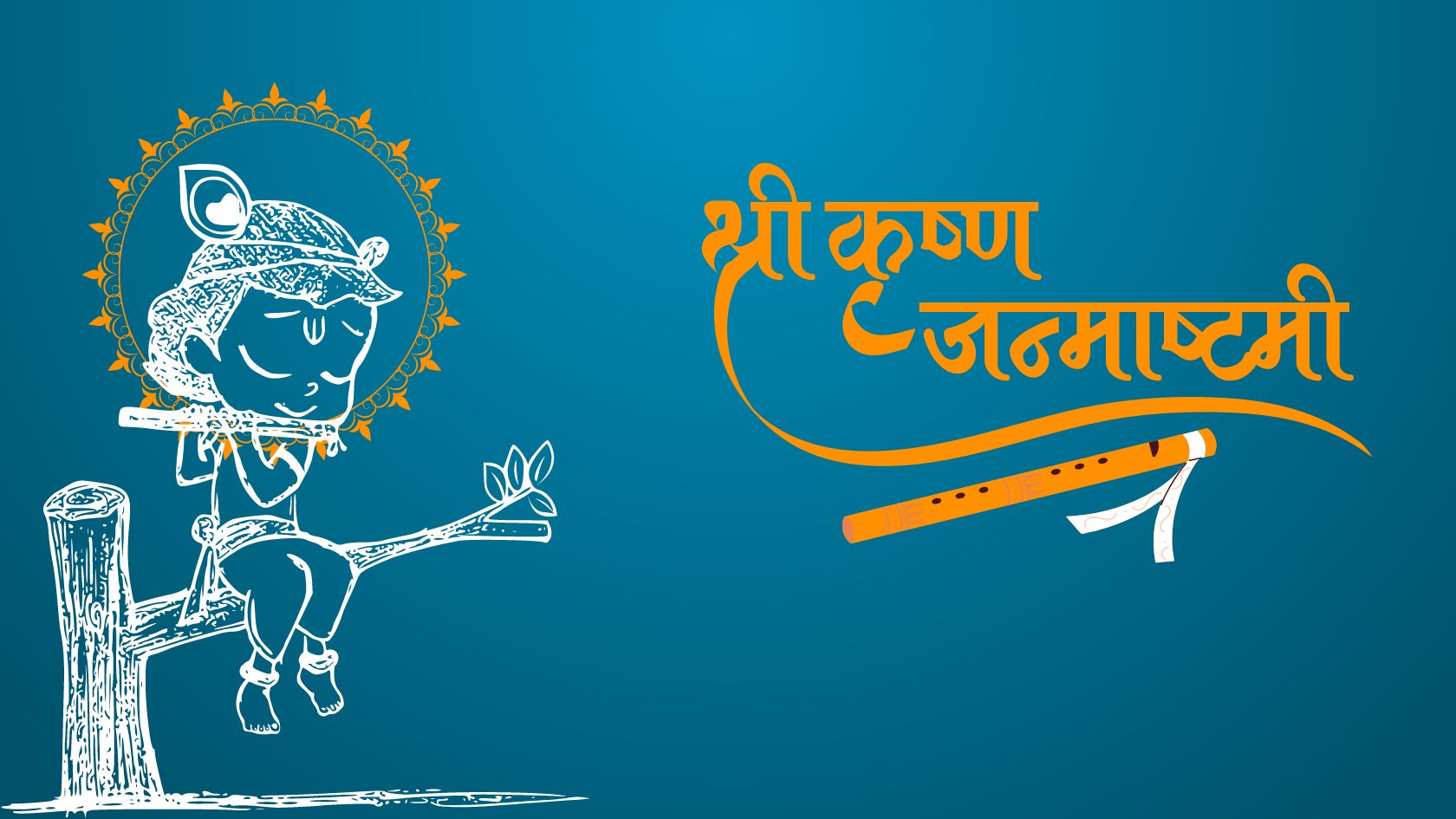
Every year, as the monsoon rains dance on the fields of India, an ancient story unfolds in the hearts of millions. It is the story of Krishna, the bel...
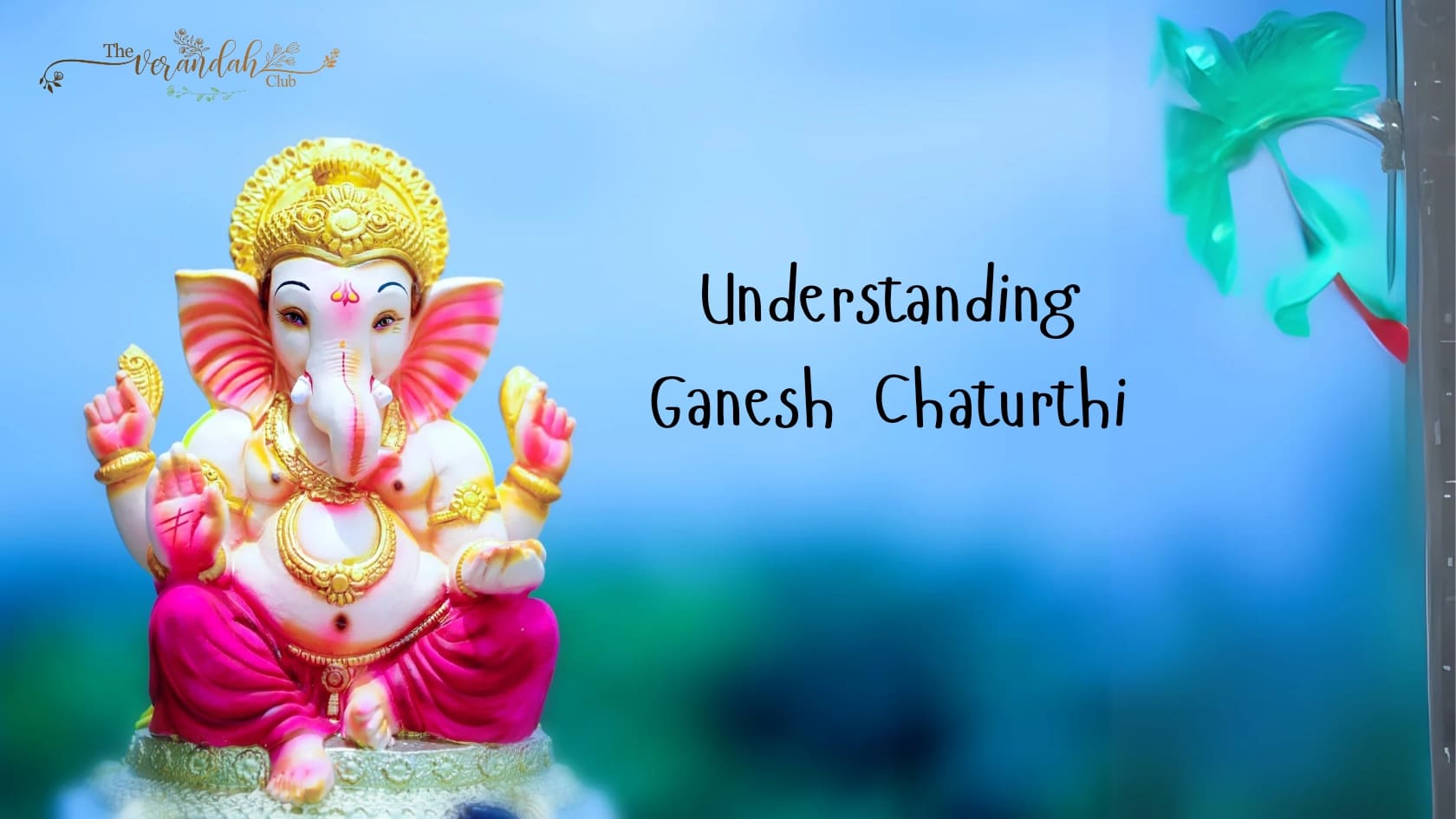
Ganesh Chaturthi, also known as Vinayaka Chaturthi, is a significant Hindu festival that honors Lord Ganesha, the deity revered as the remover of obst...